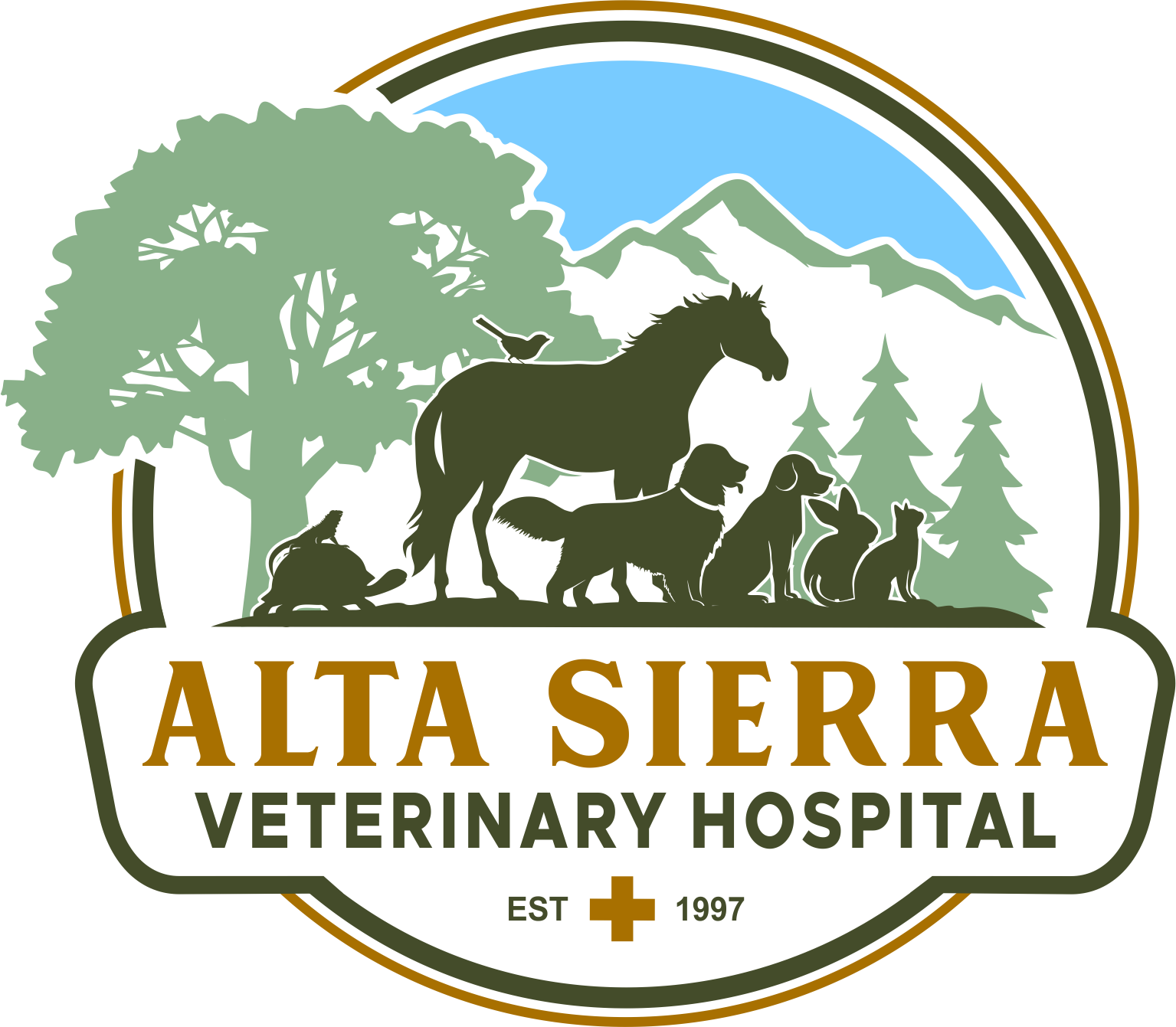Library
-
Exercise restriction refers to the act of intentionally limiting a pet’s physical activity. Veterinarians often recommend exercise restriction to allow a pet to heal after a surgical procedure or injury, although it may also be recommended to prevent worsening of a medical condition. Your veterinarian’s guidance is essential when implementing exercise restriction.
-
Proprioception is the ability to know where your body is in space. This is what helps reduce falls and injury. Proprioception may be lost suddenly through spinal cord trauma, or it may be reduced with age, joint disease (osteoarthritis), or other orthopedic or neurologic disease. Some specific controlled exercises that can improve proprioception are discussed. Any exercise plan needs to be formulated by a veterinary rehabilitation therapist to avoid injury.
-
Controlled, regular physical exercise is one of the core treatments of canine osteoarthritis, along with weight control, physical rehabilitation, and pain management. Exercise increases circulation to the muscles and joints, decreases stiffness in the joint capsule and soft tissues, reduces pain, maintains strength, and benefits the cardiovascular system. Left untreated, the chronic pain of arthritis causes a continually worsening cycle of less movement, weight gain, muscle loss, decreased strength, and loss of cardiovascular fitness.
-
Dogs can be amazing family members and greatly enrich our lives! Adding a dog to the family is also a serious commitment, and research before choosing a dog will help set the family and the dog up for success. This handout goes over some factors to consider when selecting a dog.
-
Ferrets are carnivores and cannot handle a diet containing more than 4% fiber. A good quality ferret diet should contain 32-40% protein and 10-15% fat. There are several good commercial dry foods for ferrets.
-
As with all other animals, birds need a proper balance of carbohydrates, proteins, fat, vitamins, minerals, and water. The bulk of a finch’s diet should be commercially available pelleted food along with a smaller amount of fresh produce and a small percentage of seed.
-
The goal of feeding growing puppies is to lay the foundation for a healthy adulthood. Proper nutrition is critical to the health and development of puppies, and it directly influences their immune system and body composition. Work with your veterinary healthcare team to give your puppy the best chance for success at growing into a healthy adult dog.
-
The preferred basic diet for guinea pigs is unlimited amounts of Timothy or other low-calcium hay, supplemented with smaller amounts of a commercial, high-fiber, Timothy-hay based guinea pig pellets. The diet should be supplemented with a variety of fresh, well-washed, leafy greens or colored vegetables; especially those high in vitamin C. Guinea pigs cannot manufacture their own vitamin C, therefore it is important that guinea pigs receive a vitamin C tablet or liquid vitamin C directly by mouth every day. Provide fresh clean water in a sipper bottle and check the tube for blockages each day.
-
Meyer’s parrots consume a variety of seeds, nuts, fruits, berries, and some vegetation in the wild. Occasionally, wild Meyer's parrots will feed on grain crops. As with all other animals, Meyer’s parrots need a proper balance of carbohydrates, proteins, fat, vitamins, minerals, and water. Pellets are the ideal base diet for most pet birds.
-
Orphaned puppies need extra care to compensate for the absence of their mother, and this article outlines the basics, including how and what to feed, how to monitor their weight, how to help them eliminate, and how to keep them safe from infection.

